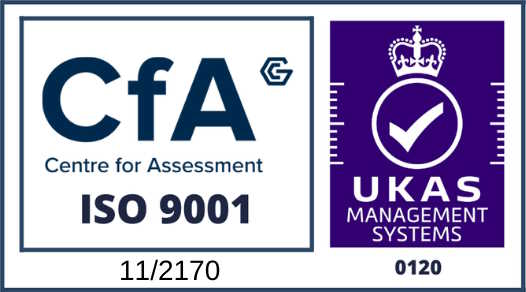When Rostock High School undertook a major regeneration, the local education Authority decided it should become an “Energie Plus” project; i.e. it generated more power and energy than it actually consumed.
To achieve this, the school was renovated using solar PV panels to the roof and front elevation, and 2 wind turbines. The school also became connected to the Municipal District Heating system, using warm water from the cooling system of the nearby power station.
Windows were upgraded and where there was new build to the rear, this was constructed to very high levels of insulation. However, with 2/3rd of the building at least 20 years old it was clear that a conventional heating emitter solution was not going to suffice.
Torens Hillinger, the School Facilities Manager explains further (translated) “When the engineers decided to remodel the school, they had to also consider the heating. Radiators were not wanted as we have had trouble with space and also waste materials getting inside.
Underfloor heating was not possible as the building is not new and quick on and off is very difficult”.
The Mechanical Consulting Engineers were interested to find an alternative to traditional radiators as the design flow temperature from the district heating system was only 45°C. This would have meant using very large units to compensate, and as classroom space was at a premium, difficult to accommodate. Underfloor heating was also initially considered, but being mostly an existing building, uplifting the floors would have meant considerable extra cost and time. Also experience in other schools had taught the engineers that controllability and over‐heating is a major problem as class sizes can vary wildly. Osturburg High School in Saxony, some 200Km south of Rostock and to the west of Berlin had already successfully installed radiant skirting heating in their refurbishment project, and so the Engineers approached ThermaSkirt Germany who had provided the system.
Manufactured in the UK by DiscreteHeat Ltd, ThermaSkirt is a radiant heating system that is designed to replicate a skirting board trim or profile. Made from aluminium, the warm water from the primary heat source passes through integral tubes on the back of the profile. The front face then heats up and radiates heat from a low level all around the room.
This not only has the advantages of providing a very evenly distributed comfortable heat, it is also very responsive to the rapidly changing heat demands of a busy school. With very low water content compared to a radiator or even underfloor heating, it is an ideal emitter for use with renewable energy or low grade heat sources such as heat pumps.
ThermaSkirt.de suggested a new profile: Deco PR which has a unique centre mounting enabling a very quick installation. With stainless steel covers at the joints, it is a very durable and robust heating solution. Supplied in 6m lengths and cut on site, most walls are done in a single length, minimising joints for a clean, sleek, continuous emitter with no nooks or crannies for detritus to accumulate.
The ThermaSkirt system has been running for over 18 months without problem or incident. Torsen went on; (translated) “Apart from marks from the children’s shoes, we have nothing to do about the ThermaSkirt. It works and no‐one notices it. Before we had trouble with children hitting into the radiators and sometimes we had problems with things getting insider the covers. Now all we have to do is sometimes clean off the black marks from the shoes”
With a flow temperature of only 45°C and a return of only 35°C, the ThermaSkirt system is still able to provide enough heat to comfortably warm the classrooms to the target temperature of 20°C, even in the winter months as Rostock is on the Baltic coast. However, being above ground, ThermaSkirt can operate at higher temperatures if it is ever required without the risk of damaging the floor as would be the case with UFH.
Perry Schmuck, ThermaSkirt Germany’s Managing Director concludes (translated) “This is a very important and famous project and we are very pleased to have been involved. Many schools are considering the Energy Plus model, and so we believe this will be the first of many more across Germany”.













